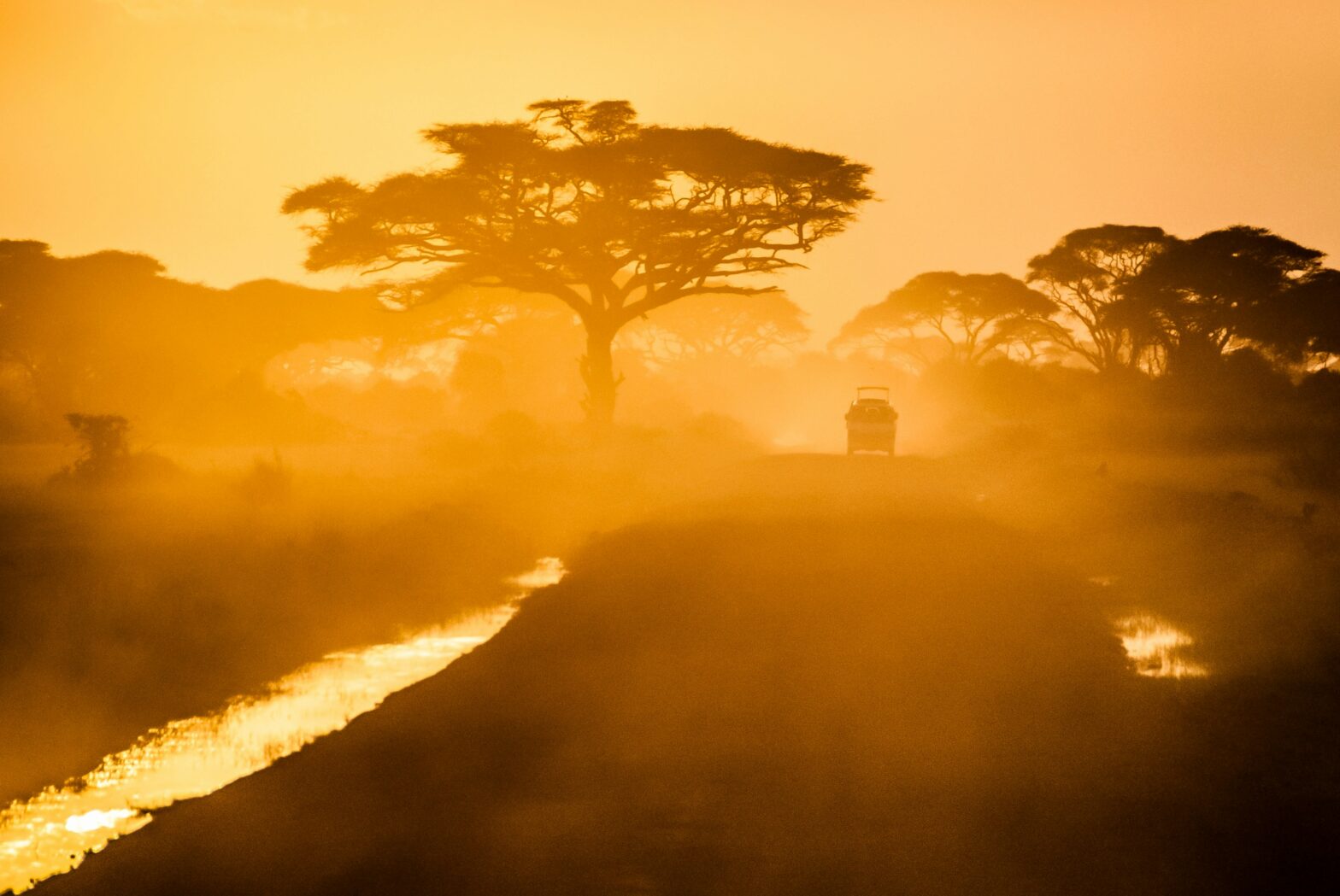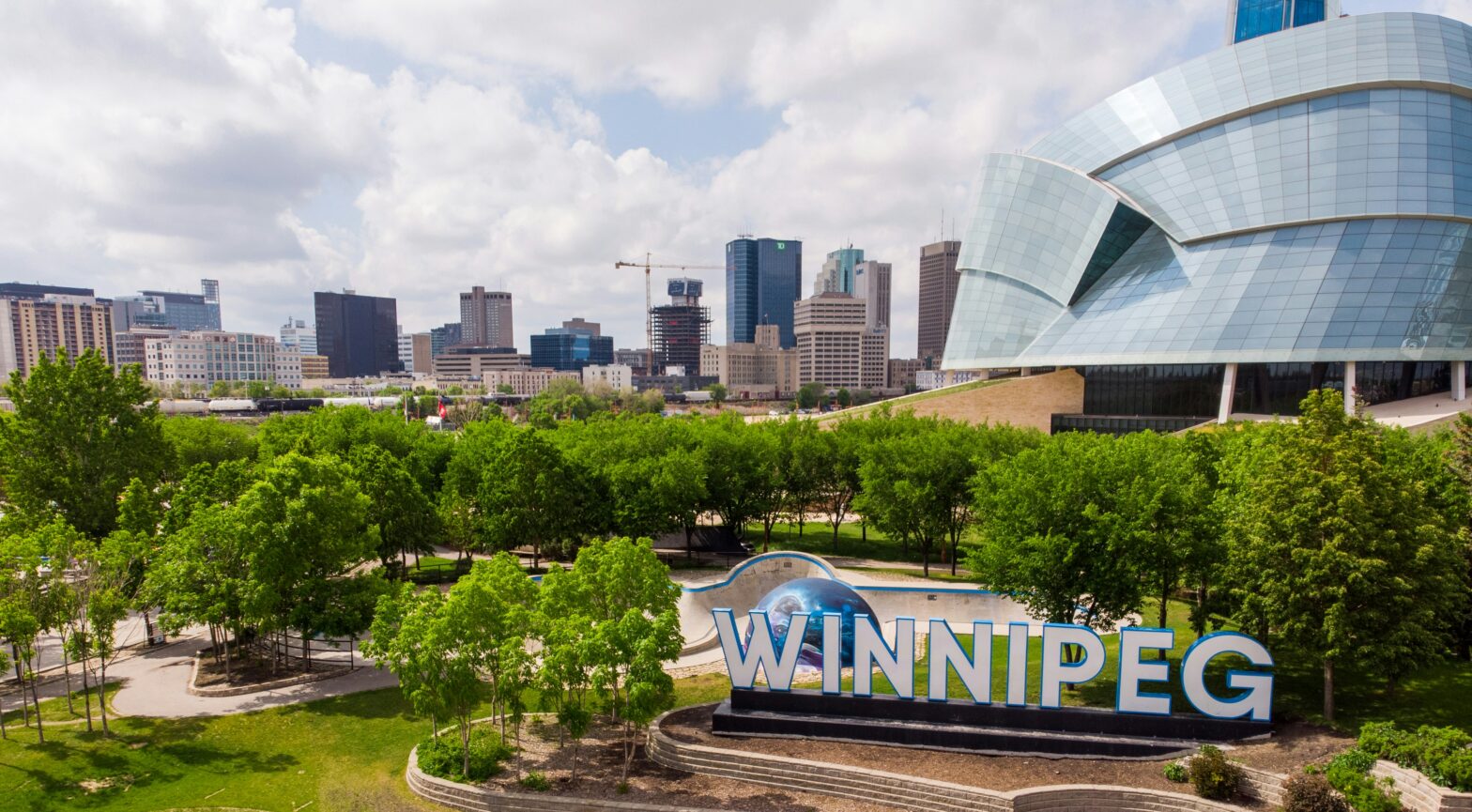The United Nations Educational, Scientific and Cultural Organization, UNESCO, has five African landmarks on its latest list of newly inscribed World Heritage Sites.
The new collection includes 24 overall. Those in Africa are categorized as World Heritage Sites recognized for their cultural significance. There are two in South Africa, one in Ethiopia, one in Burkina Faso, and one in Kenya. The African landmarks include Nelson Mandela’s legacy sites, the Royal Court of Tiébélé, the abandoned city of Gedi, and more.
World Heritage Sites offer “outstanding universal value” and must meet at least one of UNESCO’s ten criteria. Below, briefly read about the newly named African World Heritage Sites.
Human Rights, Liberation And Reconciliation: Nelson Mandela Legacy Sites
This curation of 14 South African sites is a testament to Nelson Mandela and South Africans’ fight for “human rights, liberation, and reconciliation.” The 14 areas are scattered across the country and document South Africa’s history of battling apartheid and persevering in the 20th century. One of the sites is The Great Place at Mqhekezweni, where Nelson Mandela lived as a youth.
Melka Kunture And Balchit: Archaeological And Palaeontological Sites In The Highland Area
This collection of prehistoric sites in Ethiopia’s Upper Awash Valley showcases evidence of extinct early-human hominin groups. Fossils, footprints, and other prehistoric records at these sites date back two million years. Culturally, these sites and evidence provide insight “on the adaptation of hominin groups to the challenges and climatic conditions of high altitudes.”
The locations are around 2,000 to 2,200 meters above sea level.
Royal Court Of Tiébélé
The beautifully adorned structures and walls of this architectural complex in Burkina Faso shed light on the “social organization and cultural values of the Kasena people” in the 16th century.
The enclosed Royal Court has buildings and passageways that led the Kasena people to “ceremonial and gathering places.” It was built by the ethnic group’s men. The women decorated the Royal Court with culturally symbolic designs ensuring the legacy of their traditions.
The Emergence Of Modern Human Behavior: The Pleistocene Occupation Sites
Based in the Western Cape and KwaZulu-Natal provinces of South Africa, this collection includes the Diepkloof Rock Shelter, Pinnacle Point Site Complex, and Sibhudu Cave. This curation showcases diverse and well-preserved documentation of human behavior and development from as far back as 162,000 years ago.
The sites’ evidence includes the ancestors’ drawings, intricate engravings on ostrich eggshells, weapons, and more.
The Historic Town And Archaeological Site Of Gedi
The Gedi ruins in Kenya are what’s left of an important, bustling, and “opulent” Swahili city on the East African coast. The city lived from the 10th to 17th centuries. The hub was a trading site linking goods from various parts of the globe. It featured “domestic, religious, and civic architecture and a sophisticated water management system.”





